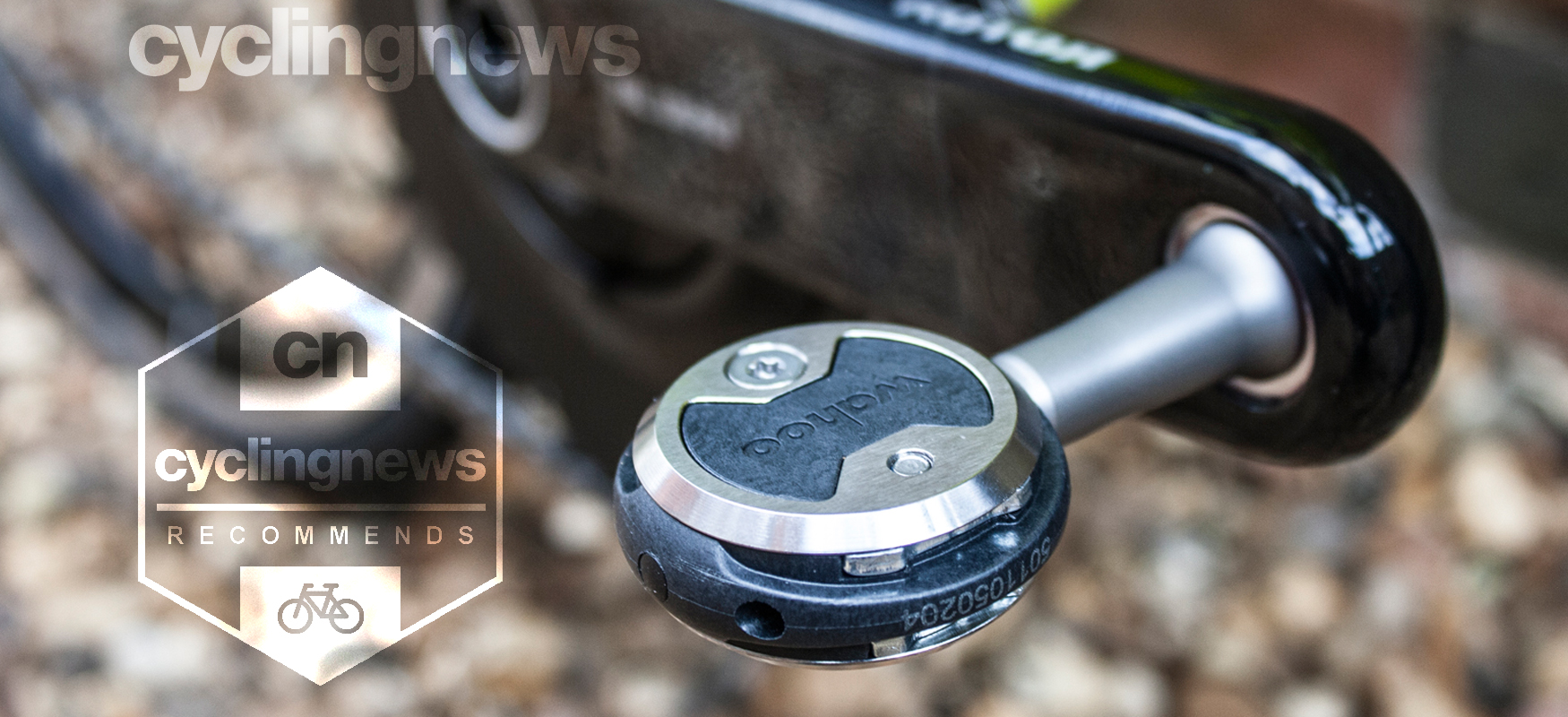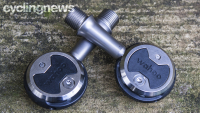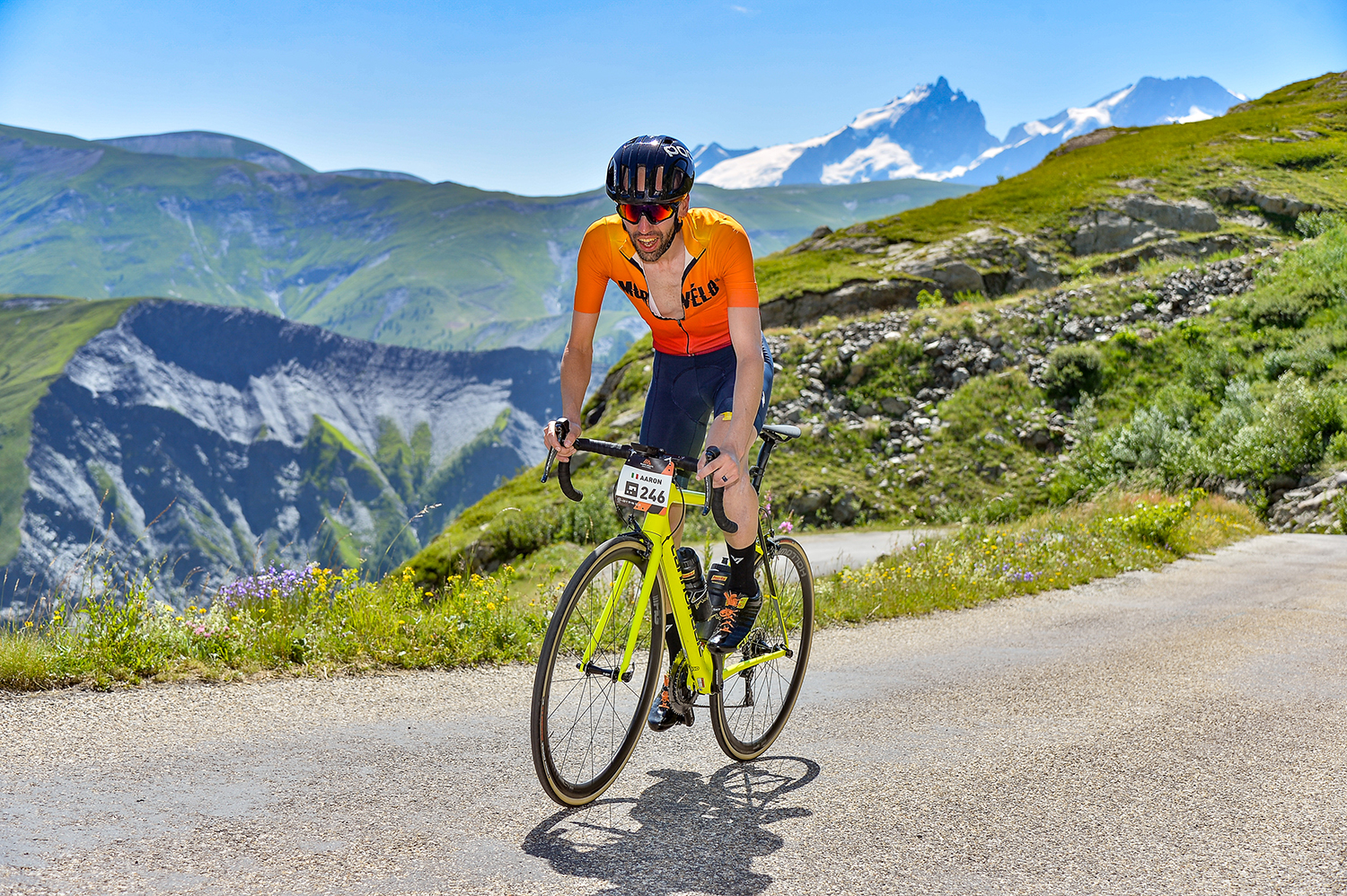Cyclingnews Verdict
Lightweight and double-sided in functionality, the Wahoo Speedplay Nano pedals provide a unique yet trusted take on the best road bike pedal recipe
Pros
- +
Super-lightweight pedal
- +
Simple pedal design architecture
- +
Low stack height
- +
Class-leading cleat adjustability
- +
Micro-adjustable 15-degree float
Cons
- -
Cleat system takes time setting up correctly
- -
Heavier than rivals when taking complete system weight into account
- -
No release tension adjustability
You can trust Cyclingnews
When it comes to the best road bike pedals, the Wahoo Speedplay pedal has one of the most recognisable silhouettes in the world. Boasting a double-sided clip-in design and comprehensive cleat adjustability, not to mention a ridiculously low weight, the Speedplay pedal concept has garnered a cult following among weight-weenies, competitive amateurs, and WorldTour professionals alike. For 2021, Speedplay pedals will adorn the bikes of EF Education-Nippo and Canyon-SRAM Racing.
Speedplay was founded in 1991 in San Diego, California by Richard Byrne and the company quickly rose to prominence given the level of adjustability and relative hassle-free maintenance required to keep the pedals running true. In 2019, American tech giant Wahoo Fitness purchased Speedplay for an undisclosed amount and rebranded to Wahoo Speedplay. Since the change over ownership, Wahoo has tweaked and simplified the product line-up with four distinct pedal options - the Comp, Zero, Aero and Nano pictured here. That said, Wahoo is targetting the highly competitive best power meter space by adding a fifth model, the Speedplay Powrlink Zero pedal, to the portfolio.
The big splash in terms of the new acquisition has centred around refining and polishing the existing pedal hardware to foster better performance, longevity and ease of use - areas its chief adversaries can sometimes fall short. We've been sampling the Wahoo Speedplay Nano pedals for the past three and a half months in a variety of settings ranging from winter and summer weather conditions to indoor and outdoor riding scenarios, and this is what we think of them.
- Look vs Shimano vs Wahoo Speedplay: The ultimate pedal group test
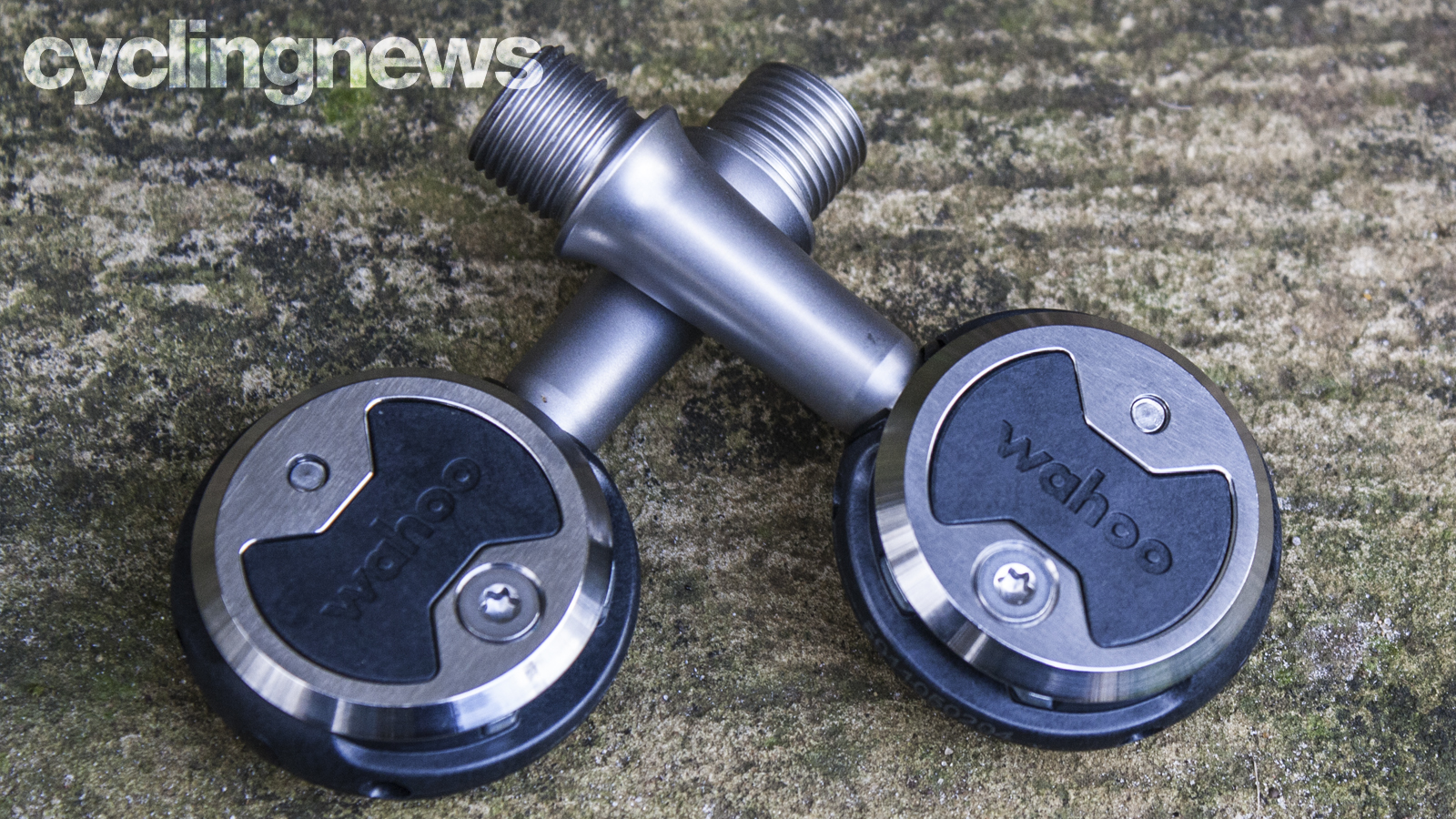
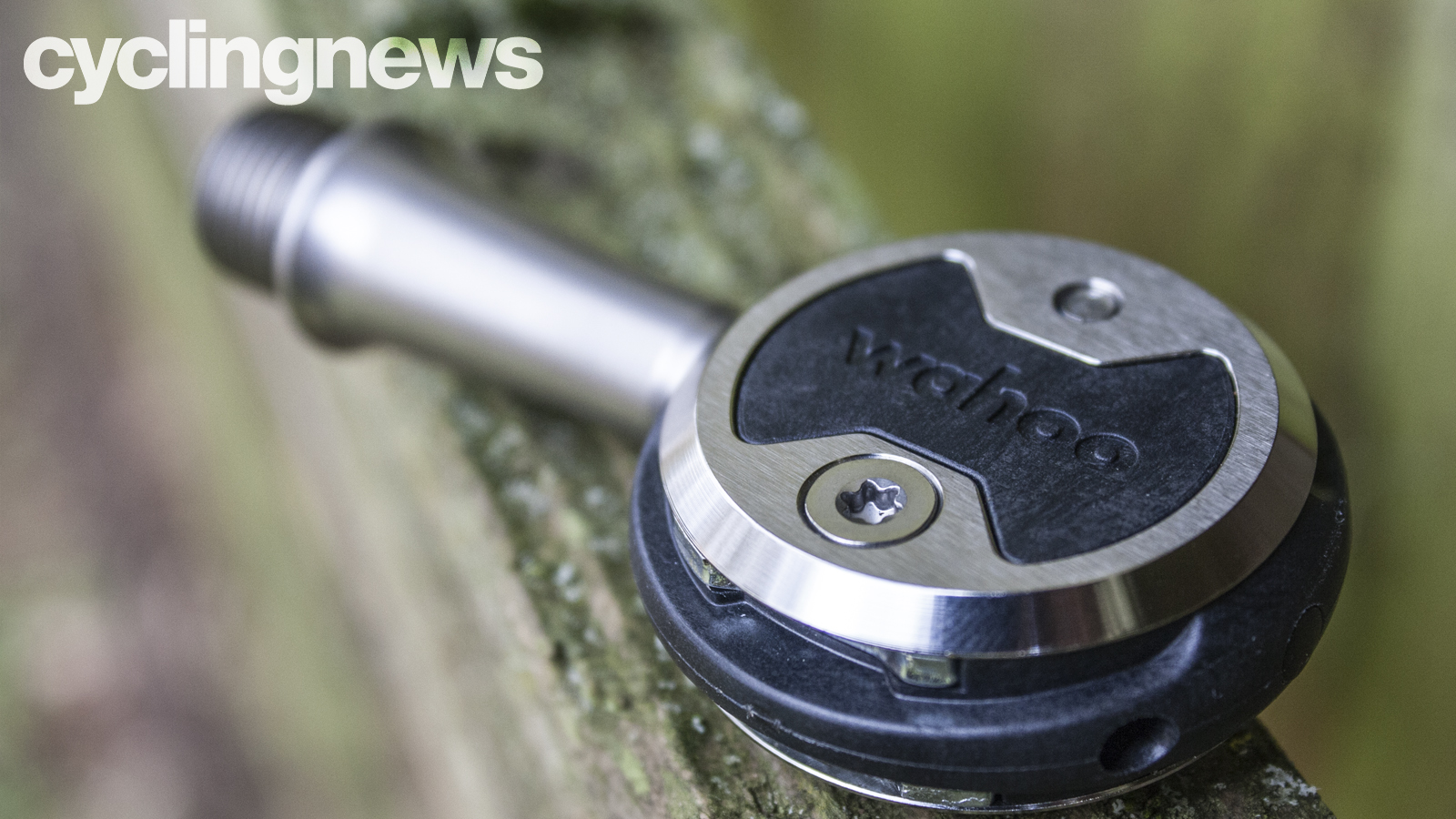
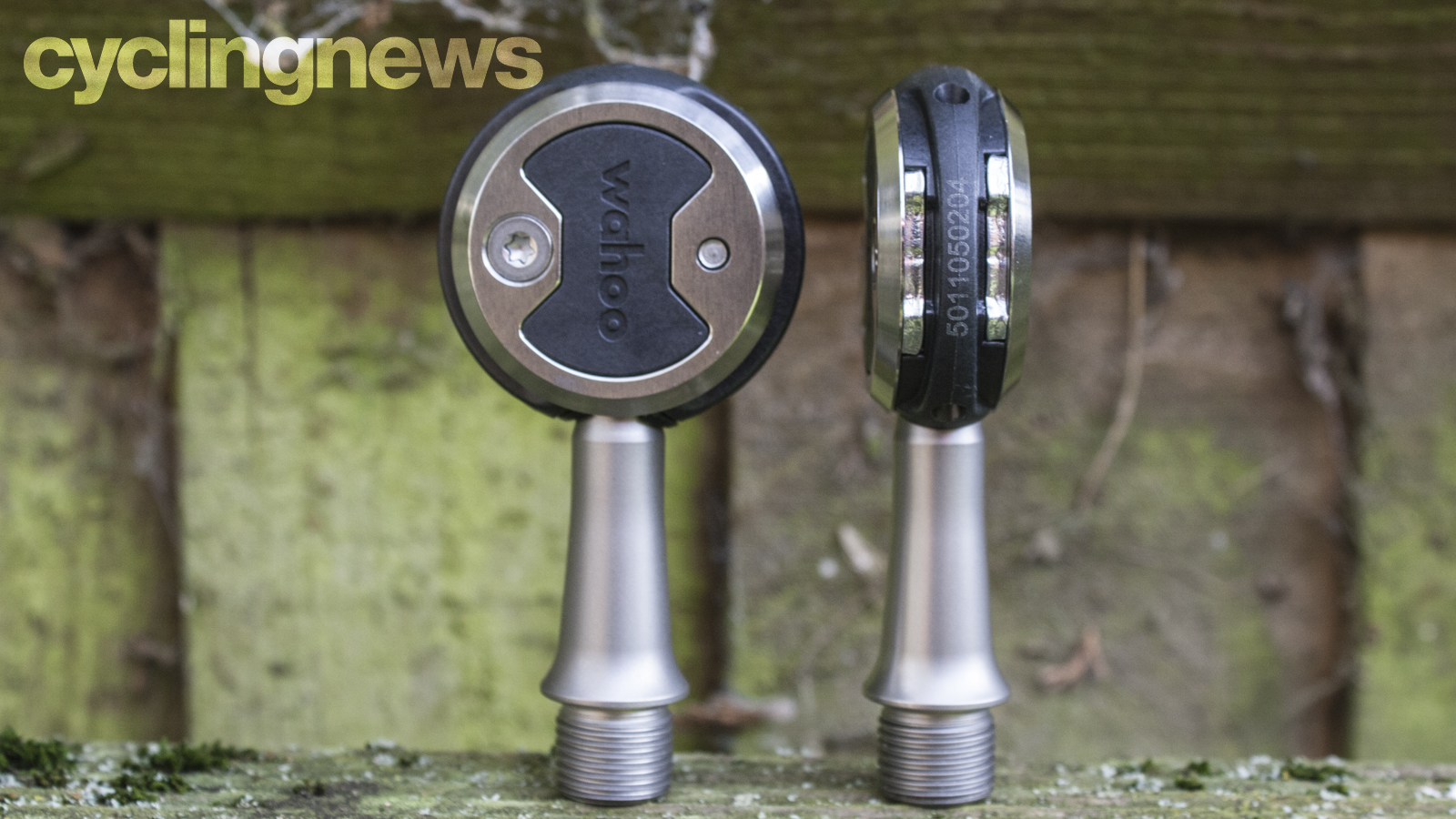
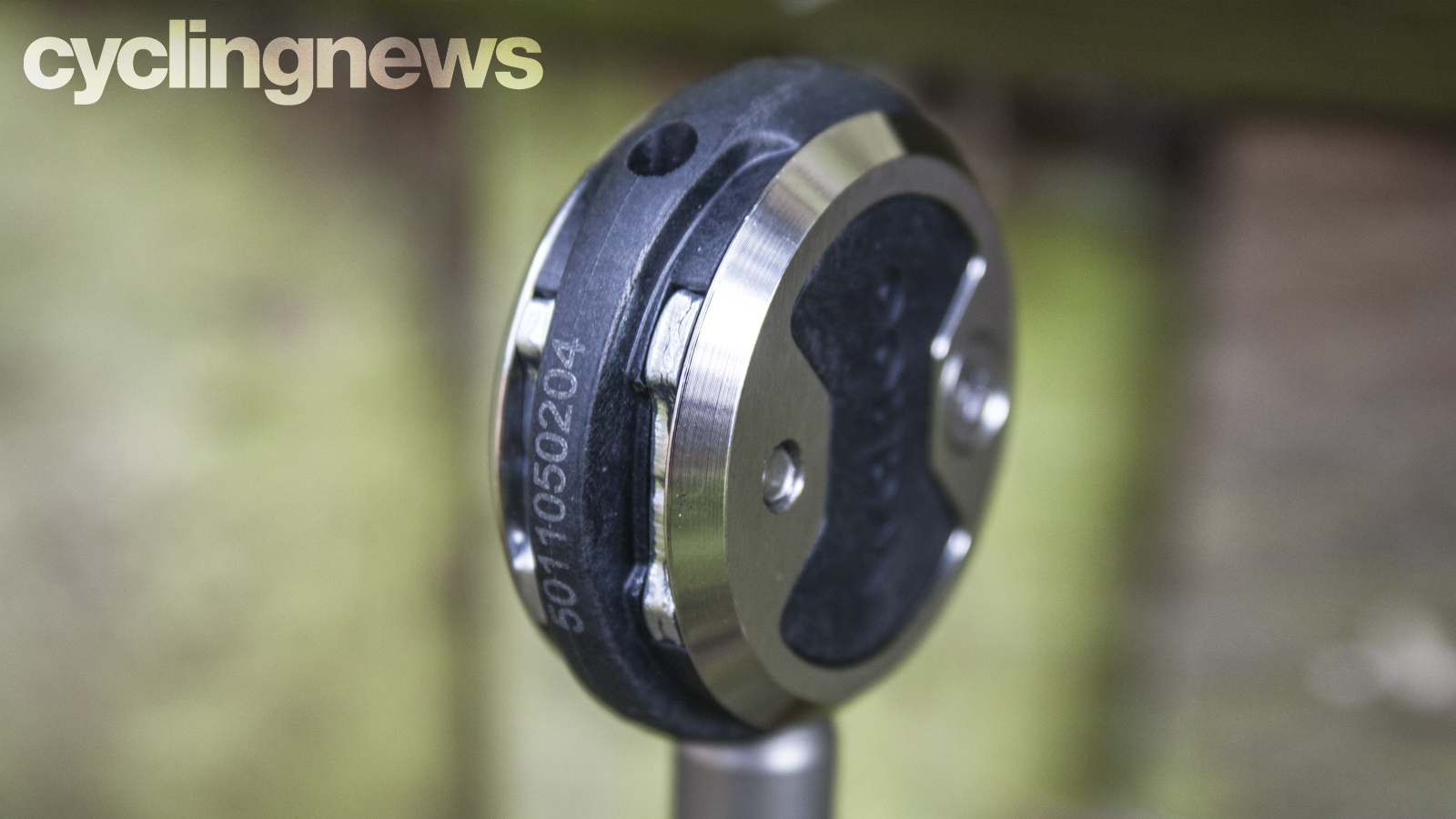
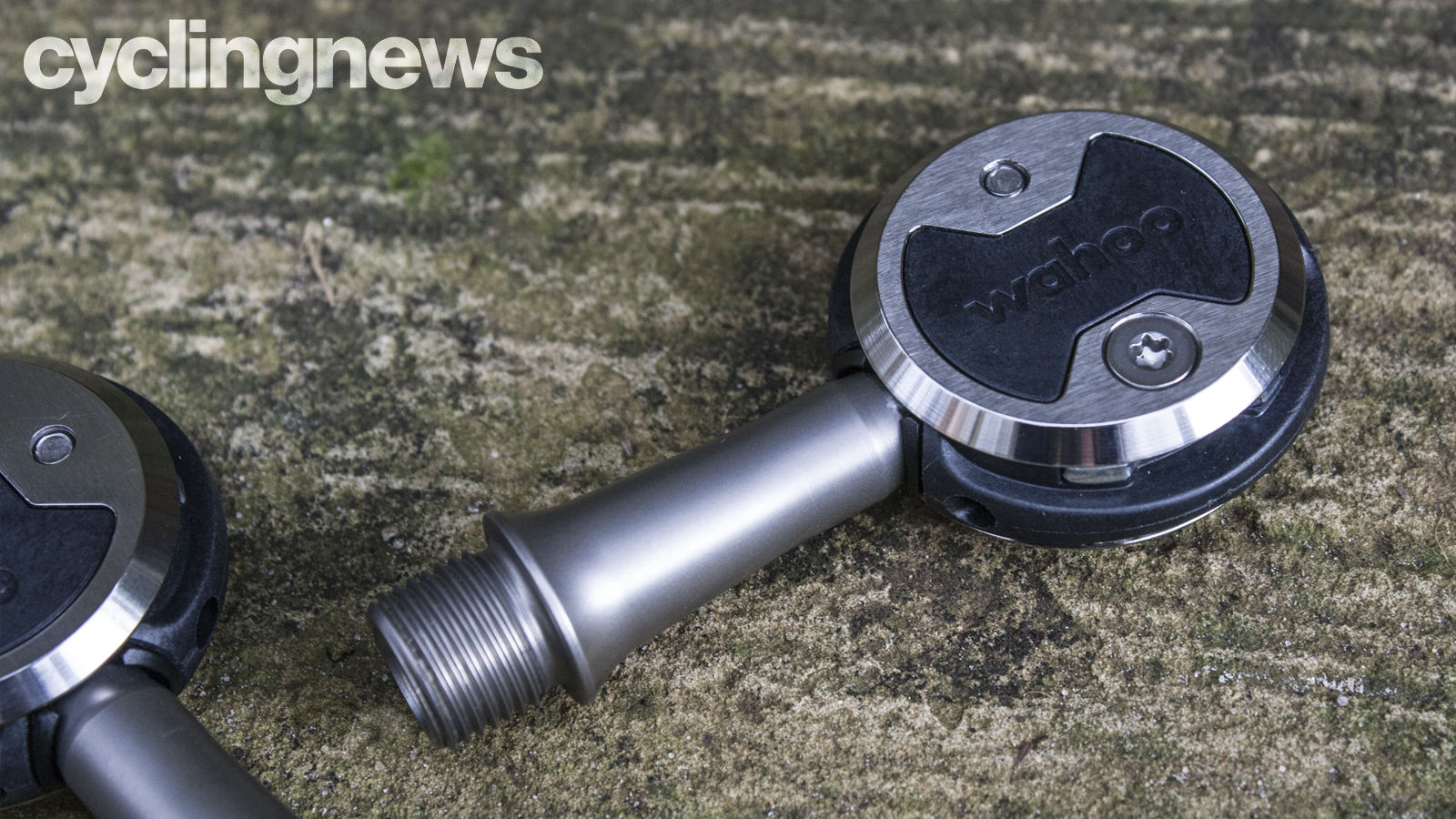
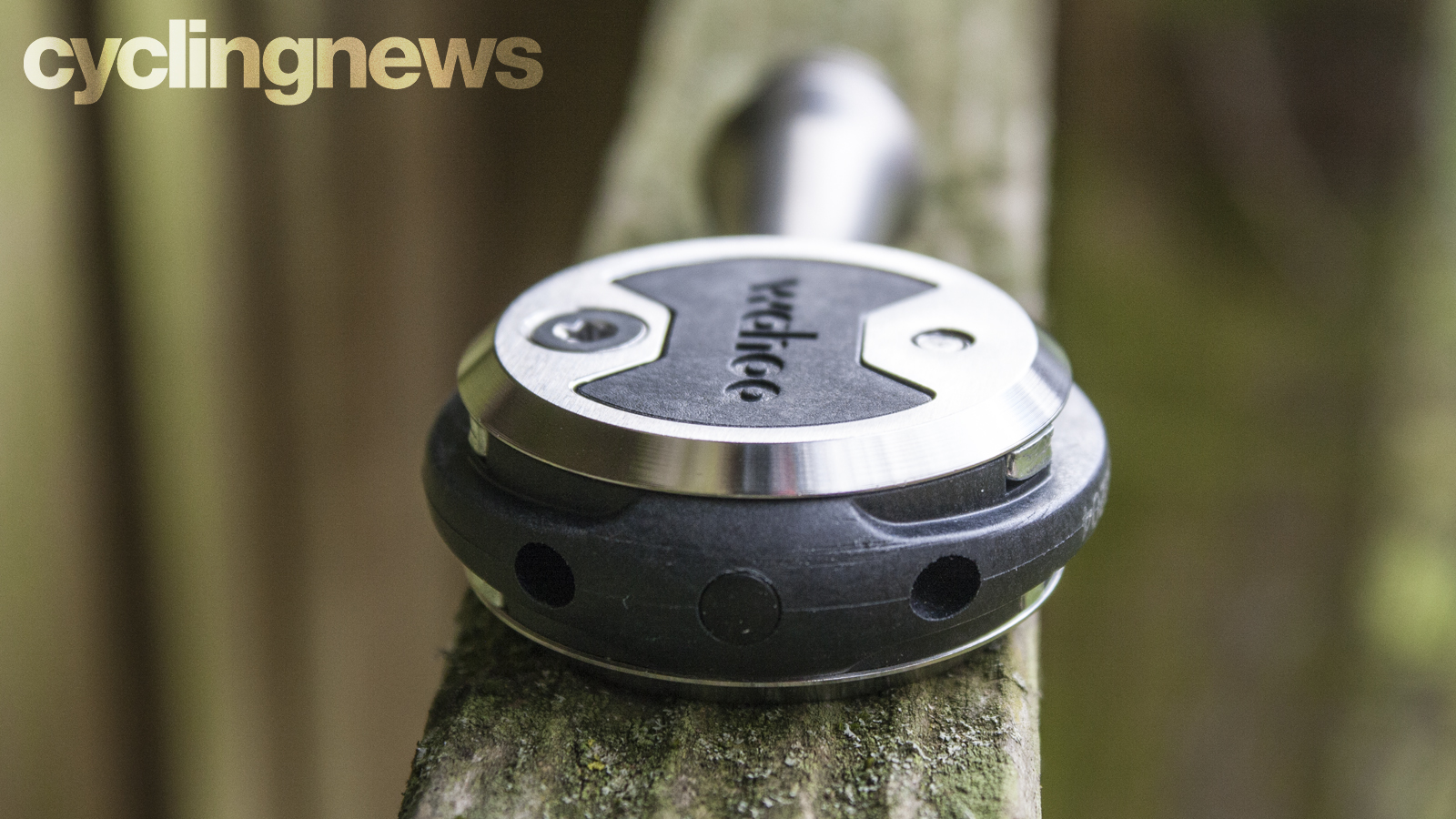
Design and aesthetics
To those who've cut their teeth using pedal stock from Look and Shimano, the Wahoo Speedplays will come as a bit of a shock to the system - both in terms of design and application. They certainly are peculiar looking in the traditional sense but intriguing pedals nonetheless featuring a minimalist aesthetic that many pundits have likened to a lollipop.
These particular pedals, the Wahoo Speedplay Nanos, are the company's flagship model and feature a combination of titanium and carbon-fibre hardware designed to keep weight to an absolute minimum - in this case, 85g per pedal (170g a pair, actual). Visually, the pedal is characterised by round stainless steel plates that bookend a carbon-fibre pedal body that spins on a titanium spindle. These plates are screwed into the body and designed in a way that not only helps reduce wear and tear but also fosters better clip-in performance, too.
The maker's name - a Wahoo-embossed logo - is located centrally on each side of the pedal which has helped bring a sense of identity and boosted the visual clout together with a contrasting amalgam of super-lightweight materials and textures. The Wahoo logo also serves as a means to tell the left and right pedal apart from each other, very clever indeed.
- Best power meters: Consistent power data for both indoor and real-world cycling
- Object of Desire: SRM X-Power power meter pedal review
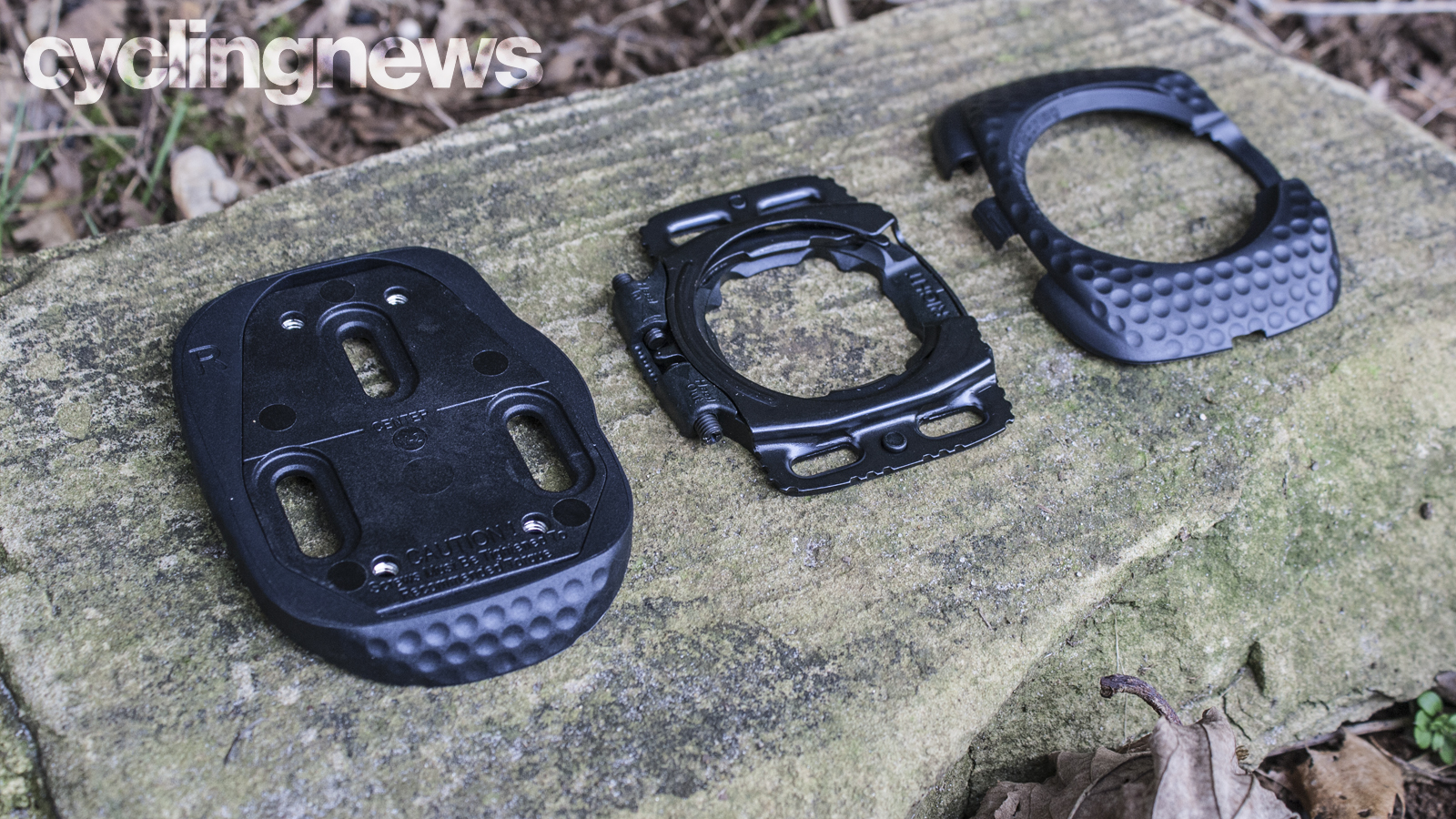
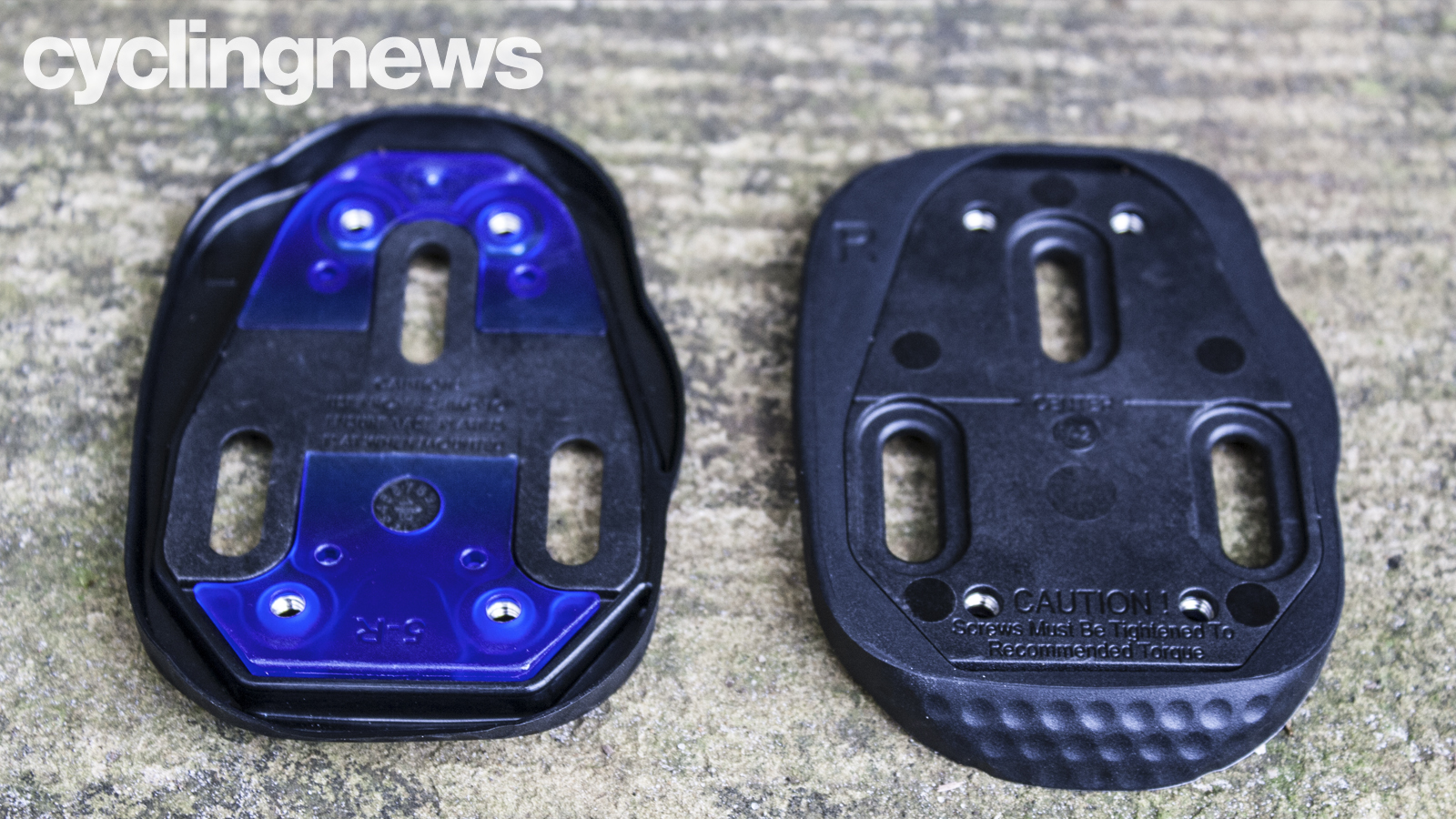
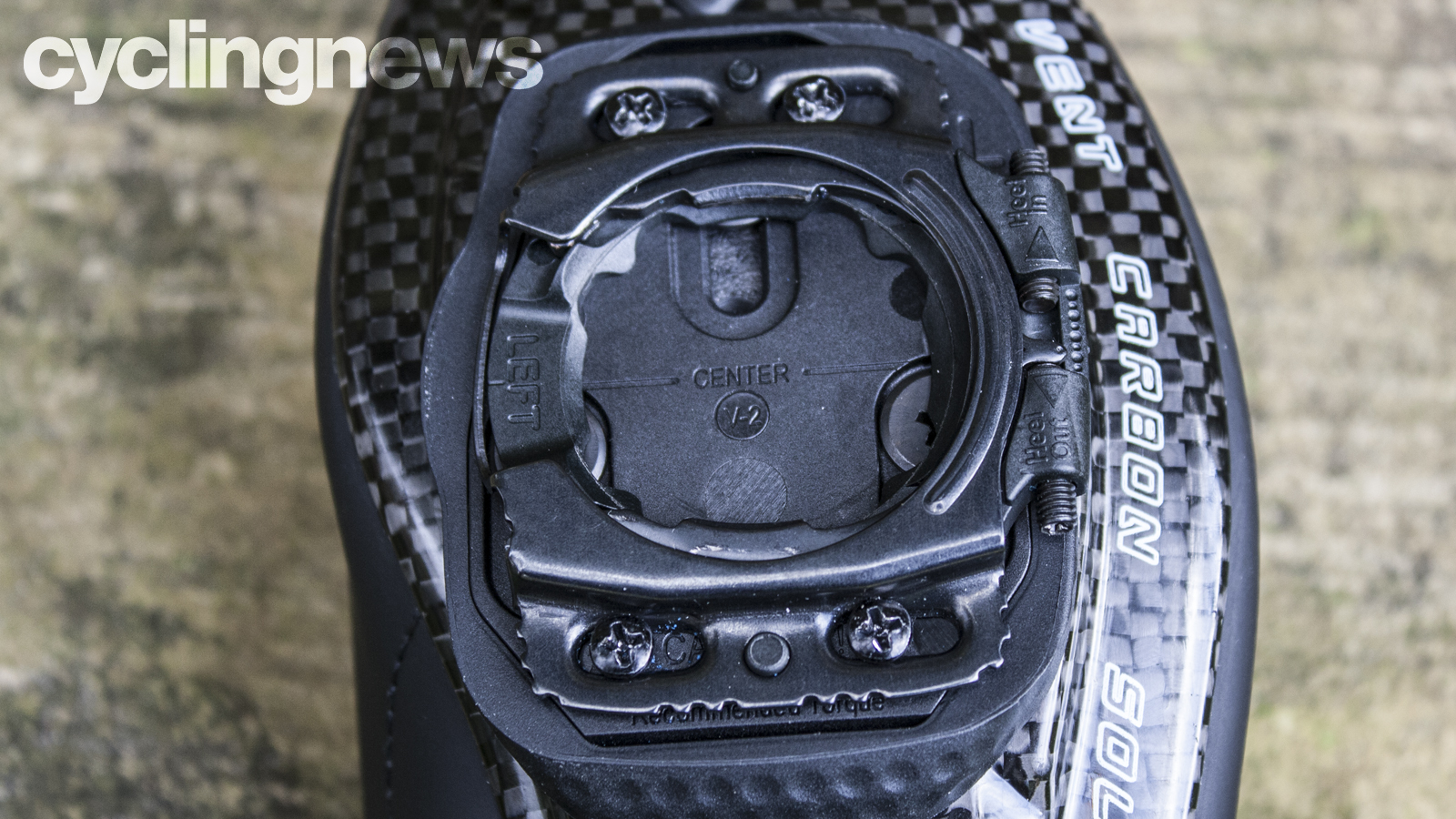
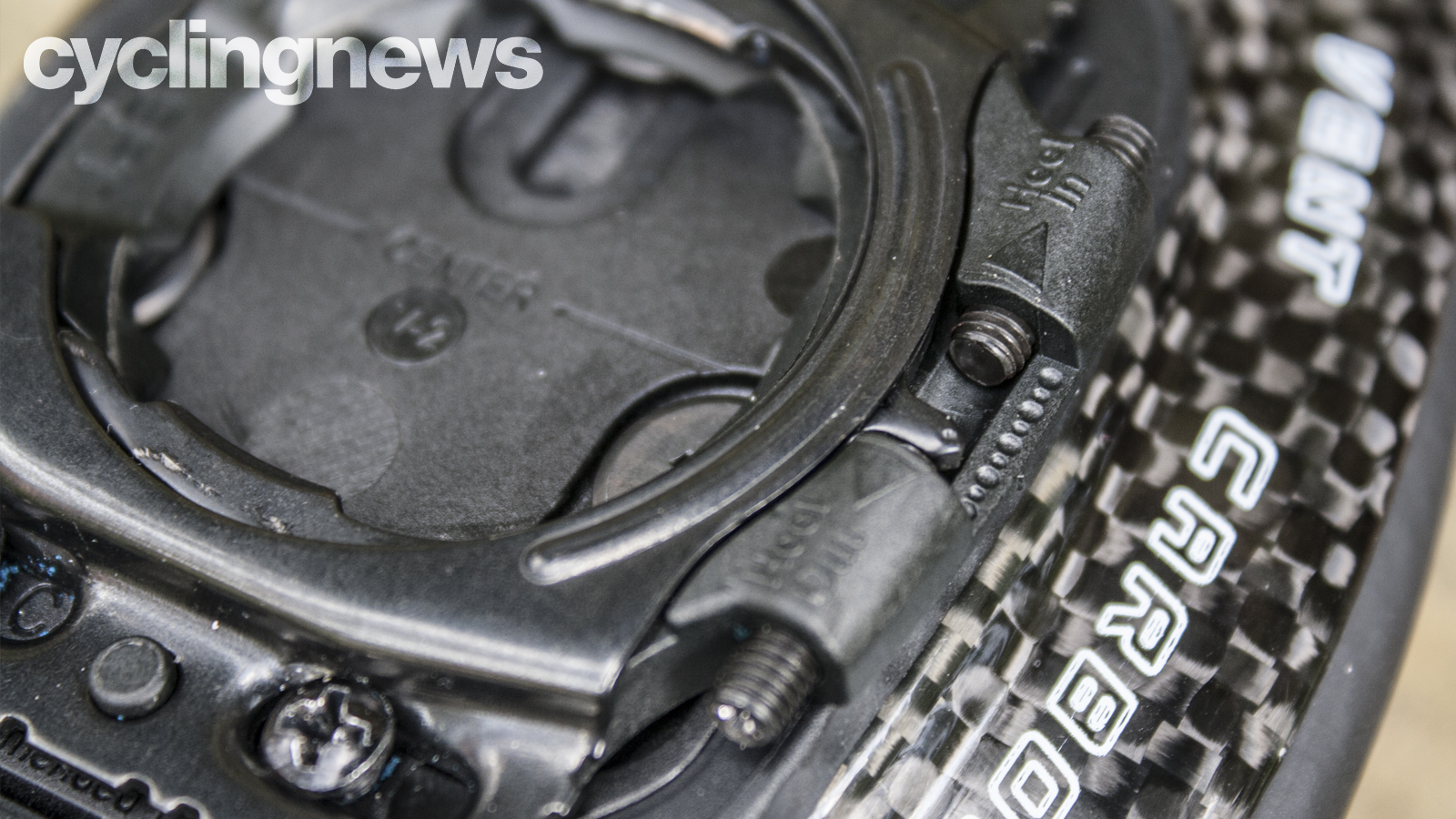
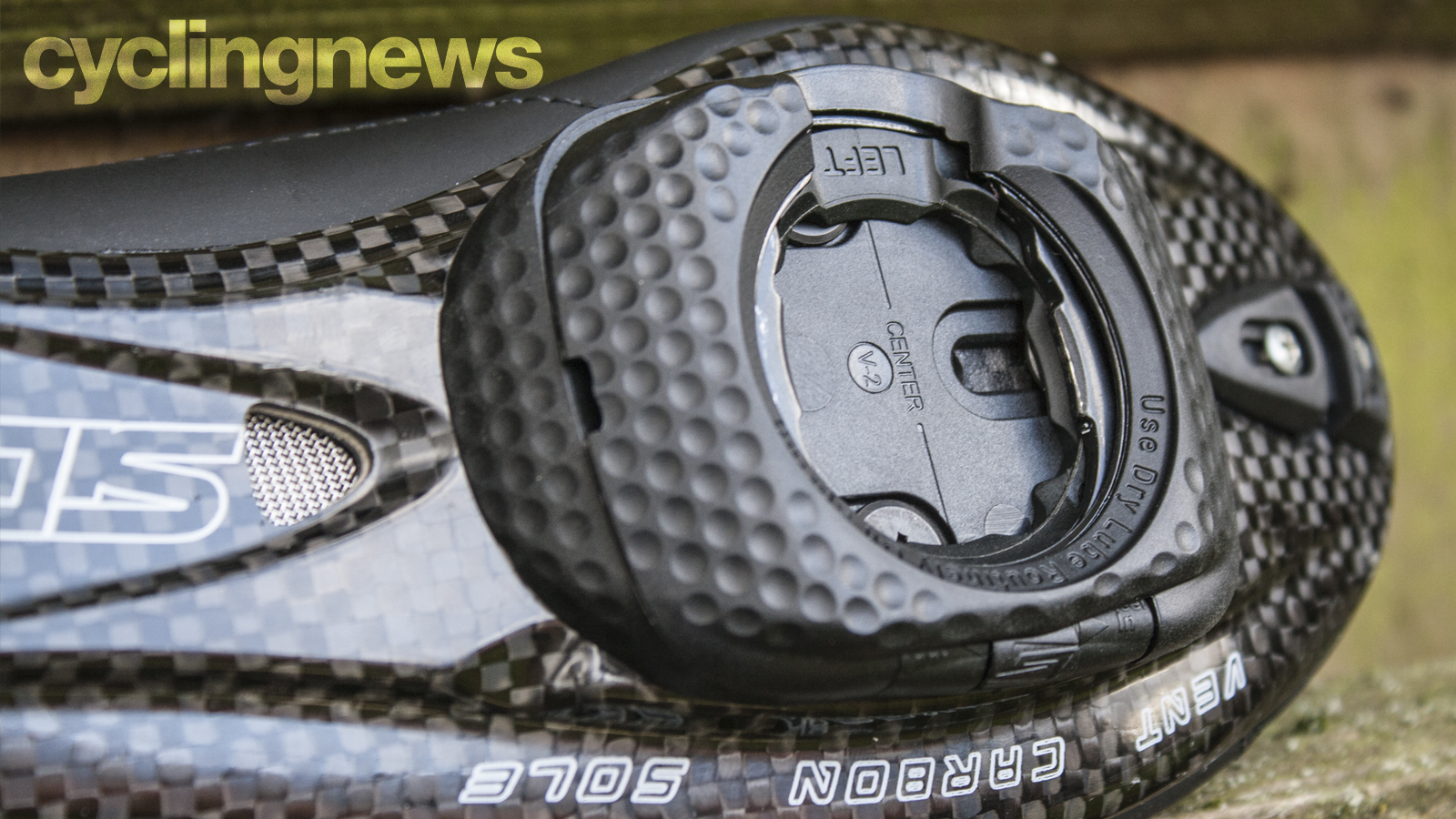
Specifications
The biggest improvement Wahoo set to address with its new Speedplay pedals was to reduce customer maintenance. To achieve this the company looked at ways to increase the durability of the pedal and promote an easier clip-in action - this was established by cutting away and replacing the plastic body with stainless steel. The previous version was prone to grease leakages so a new three-seal bearing system was integrated into the axle and tested on a million cycle bearing rig to ensure optimal performance. Wahoo has also binned the wrench-flat design of the previous version for Allen key retention.
As we've come to expect from this particular pedal setup, the Wahoo Speedplays are dual-sided in application, which has always been a big selling point as they're the only road pedals on the market that offer this functionality. Unlike traditional systems, the retention mechanism resides in the cleat itself and not the pedal, and attaches to the sole with four bolts - though they're still compatible with the more traditional three-bolt system. An adaptor base plate and shim inserts are provided in the box to ensure the best fit for your shoe's sole.
With Wahoo's improvements, two cleat standards have been issued which will play nicely with previous pedals (they're backwards compatible with all earlier Speedplay Zero models) but not the other way around. There's a standard-tension black cleat for the Nano, Aero and Zero and an easy-tension grey cleat for the Comp. The new cleat system still offers the same three-axis adjustability as before: fore-aft, rotational free float and side-to-side. This broad range of cleat adjustability has made it a popular choice for riders with knee and bike setup problems as small tweaks can easily be carried out.
In terms of performance, the Wahoo Speedplay pedals possess the lowest profile in the segment with a stack height of 11.5mm and, while this might mean lowering your saddle height a touch, the upshot is better cornering clearance. The lower profile has also been put through a series of Computational Fluid Dynamics (CFD) testing protocols which revealed a saving of 22 seconds on a 40km time trial at 40km/h against the Look Keo pedal.
But let's get back to the real issue at play here - pedal weight, which always represents a big talking point. Yes, at 85g per pedal they're supremely light but it's worth considering the total system weight when taking the cleats into account. The complex nature of the cleat assembly means a unit weight of 81.5g per cleat. Taking this into account, the total system weight is the heaviest in the segment at 166.5g per pedal/cleat. (Look's Keo Blade Carbon Ceramic Ti system weighs 137g per pedal/cleat while Shimano's Dura-Ace R9100 SPD-SL comes in at 149g per pedal/cleat).
Riding experience
Once you've made the initial time investment of setting everything up, it's hard to find any fault with the pedal system and how it all works. Clipping in and out is straightforward and nothing unlike what we've come to expect from France and Japan. In fact, it's here where the Wahoo Speedplay pedals shine, particularly when it comes to pushing off from a traffic light. Not only are the pedals well balanced and weighted, the double-sided nature means you'll spend less time faffing about and overthinking the clipping-in procedure.
While I wasn't able to put the pedals through their paces in a racing scenario I do believe they'll benefit those who struggle to get going from standstill, not to mention add an extra layer of assurance during cornering situations thanks to the low stack height. Having used the Speedplay Nanos in several COVID-safe time trials, I can vouch for how easy they make pushing off from a standing start.
Another attribute worth noting is the walkable cleat cover complete with rubberised texture. The traction these covers provide is impressive on most surfaces and far better than its rivals, who sometimes fall short in this regard. (Look and Shimano do supply cleats with traction pads but these do have a propensity for wearing down quite quickly). The cleat cover also serves to protect the sole from scratches and scrapes when walking across gravel and unstable surfaces.
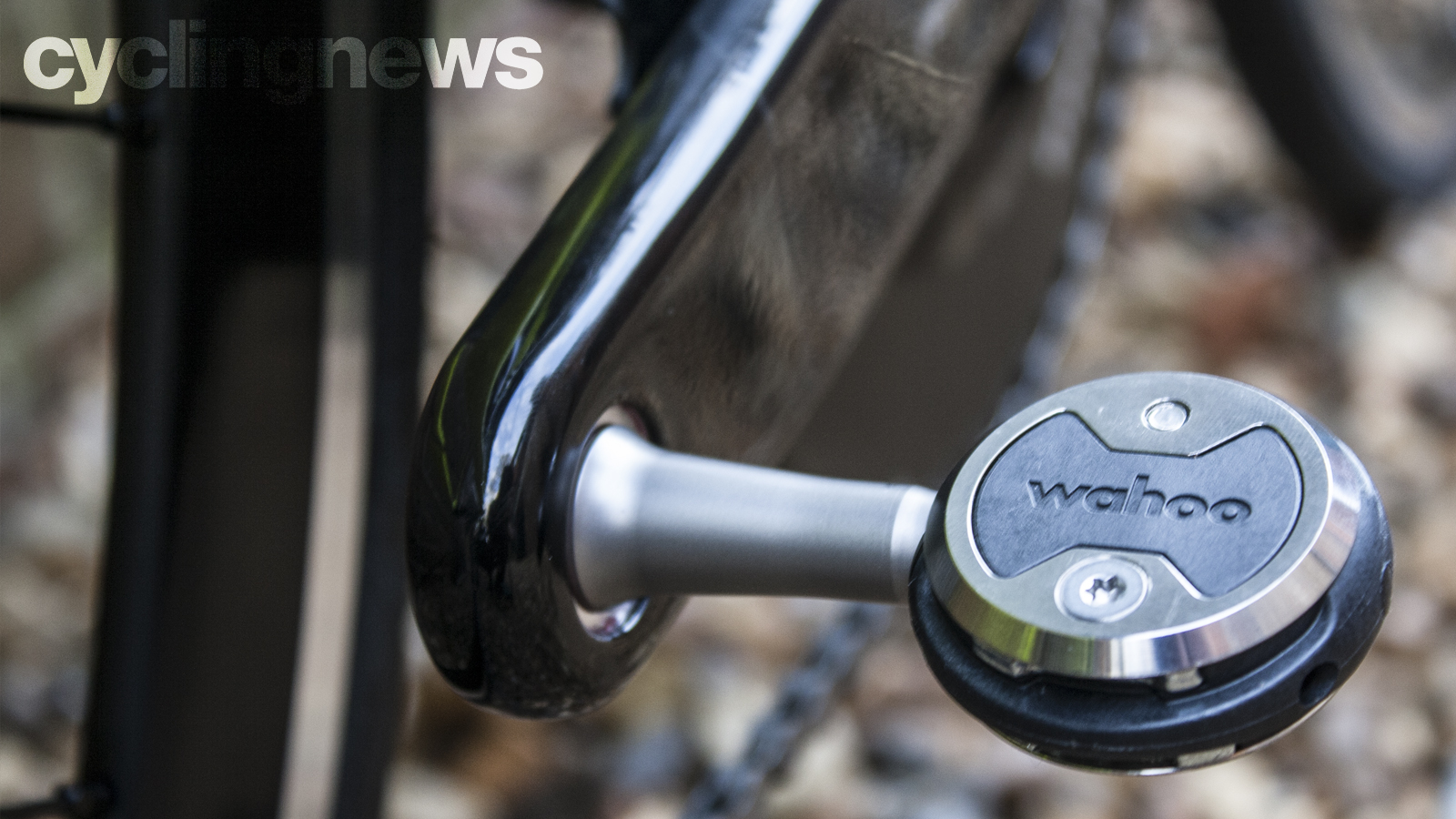
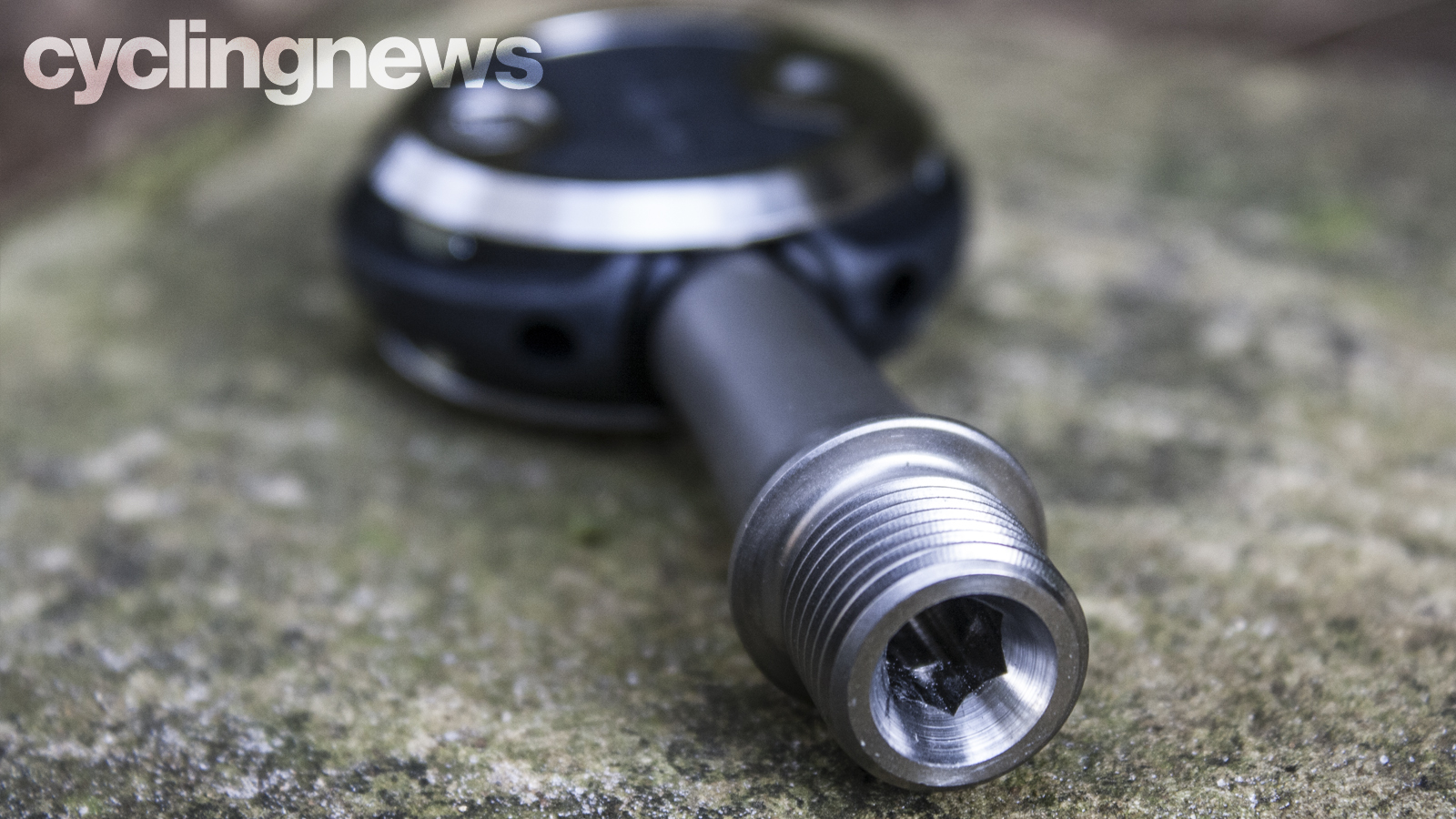
View the Speedplay Nano pedals at Wahoo Fitness
Verdict
Our initial impressions of the Wahoo Speedplay Nano pedals were positive when they arrived for testing just under four months ago, with the only real concern coming in the form of correct cleat setup and fitment. Sure, it's easy to get carried away in terms of adjustability and cleat preference but once you've found what works for you it all just falls into place - literally - making them the best option when it comes to biomechanics. The double-sided functionality and low stack height make them ideal for the competitive racer - clipping in is a breeze and the lower risk of pedal strikes compared to its rivals makes them an appealing proposition but they aren't perfect and the weight/price conundrum needs to be taken into account before making any decisions.
Wahoo is quick to point out the individual pedal weight of 85g, which is impressive but the company makes less of a noise when it comes to the 81.5g cleat system. Add these two attributes together and the Wahoo Speedplay Nanos are, in actual fact, the heaviest pedals in the upper rungs of the best road bike pedals segment. At $449.99/£379.99/€449.99 they're also the costliest option but Wahoo has a diverse product offering boasting Speedplay pedals to sate most budgets which does help its case - the Comp ($149.99/£134.99/€149.99), Zero ($229.99/£199.99/€229.99) and Aero ($279.99/£239.99/€279.99).
There's no denying the work Wahoo has put into refining the Speedplay pedal concept and the system works very, very well but I don't see this particular pedal - the Speedplay Nano - winning over any new customers given the total system weight, price, and investment needed in setting everything up correctly.
Tech Specs: Wahoo Speedplay Nano pedals
- Price: $449.99/£379.99/€449.99
- Weight: 85g, (170g a pair, actual)
- Material: Titanium, stainless steel, carbon fibre
- Retention: Allen key (6mm)
- Float: 15-degrees
Aaron was the Tech Editor Cyclingnews between July 2019 and June 2022. He was born and raised in South Africa, where he completed his BA honours at the University of Cape Town before embarking on a career in journalism. Throughout this career, Aaron has spent almost two decades writing about bikes, cars, and anything else with wheels. Prior to joining the Cyclingnews team, his experience spanned a stint as Gear & Digital editor of Bicycling magazine, as well as a time at TopCar as Associate Editor.
Now based in the UK's Surrey Hills, Aaron's life revolves around bikes. He's a competitive racer, Stravaholic, and Zwift enthusiast. He’s twice ridden the Cape Epic, completed the Haute Route Alps, and represented South Africa in the 2022 Zwift eSports World Championships.
Height: 175cm
Weight: 61.5kg
Rides: Cannondale SuperSlice Disc Di2 TT, Cannondale Supersix Evo Dura-Ace Rim, Cannondale Supersix Evo Ultegra Di2 Disc, Trek Procaliber 9.9 MTB
